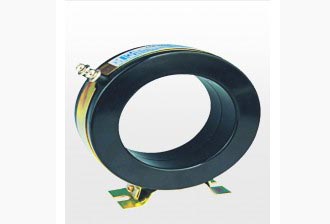
What is the purpose of the CT current transformer?
Instrumentation: Current transformers are primarily used to step down high currents to measurable levels suitable for instruments, meters, and protective relays. In power systems, currents can be extremely high, making direct measurement difficult and dangerous. Current transformers reduce these currents to safer and more manageable levels.
Monitoring and Control: Current transformers provide accurate measurements of current, allowing for precise monitoring and control of electrical systems. This data is crucial for maintaining system stability, detecting abnormalities, and ensuring proper load distribution.
Protection: Current transformers play a critical role in protective relaying systems. They detect overcurrent conditions, short circuits, and other faults by measuring current flow. When abnormal conditions are detected, protective relays act to isolate faulty equipment and prevent damage to the system.
Billing and Metering: In commercial and industrial settings, CTs are often used for billing and metering purposes. They accurately measure the amount of electricity consumed by individual users or equipment, facilitating accurate billing and financial management.
Overall, CTs are essential components in electrical power systems, serving critical functions such as current measurement, monitoring, protection, and energy management.
What are the two types of current transformers?
Which current transformer is more accurate?
What are the three current transformers?
What does a current transformer do?
What is difference between CT and PT?
How many types of CT transformers are there?
What is the CT in a switch yard?
What does CT mean on breaker box?
What happens if CT secondary is open?
What is the difference between CT and normal transformer?

